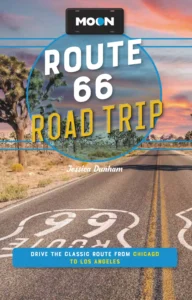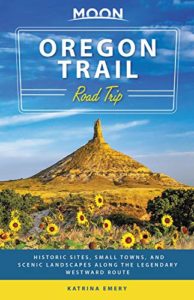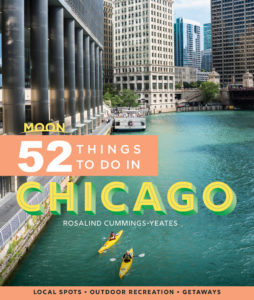Nauvoo
Mormon Influences in Nauvoo
Founded in 1839 by the Church of Jesus Christ of Latter-Day Saints (LDS), the town of Nauvoo—a Hebrew-sounding word its founding father was told meant “the beautiful location”—was named by Mormon leader Joseph Smith, 12 years after he received the Book of Mormon from the angel Moroni. Smith and many of his followers had spent the previous winter jailed in Liberty, Missouri, and by 1846 they were effectively exiled to Utah, but for a few years Nauvoo was among the largest settlements on the western frontier, with hundreds of log cabins and brick buildings and a population of some 6,000 Mormon believers. After 150 years of relative peace and quiet, in the late 1990s the Mormon church started a massive $30-million program of historic preservation. Visitors to Nauvoo will certainly have plenty of opportunities to learn about Mormon history and religion, but for the moment at least the part-preserved, part-restored townscape has a broad interest as a reminder of what frontier America looked like in the years before the Wild West was finally “won.”
The biggest change in Nauvoo has been the reconstruction of the original Mormon Nauvoo Temple (50 N. Wells St.), which, from the time it was finished in 1846 until it was burned down in 1848, was the largest building west of Philadelphia. An exact replica of the original, the new temple took more than three years to complete and was dedicated in 2002. The temple has a remarkable series of stone capitals carved with sunburst motifs and a 165-foot-high (50 m) steeple capped by a statue of the angel Moroni. Other interesting LDS-related sites include the rebuilt store run by Joseph Smith and the home of Brigham Young. The home and workshop of John Browning, inventor of the repeating rifle, has been restored along Main Street, south of the present downtown area. There’s also a massive outdoor pageant (217/453-2429, 8:30pm Tues.-Sat., free) mid-July to early Aug., celebrating the early pre-Utah years of the LDS community. All summer long you can take part in mostly free nonsectarian activities like blacksmithing and horse-drawn carriage rides.
The annual Nauvoo Grape Festival, held each Labor Day weekend at Nauvoo State Park south of town, celebrates the wine business that arose after European immigrants moved onto farms abandoned by the Mormon exodus. Nauvoo also developed a blue-cheese industry in the 1920s, after Prohibition shut down the winemaking trade.
Nauvoo Practicalities
For a map of the town and visitor information, stop by the huge Nauvoo Tourism Information Center (1295 Mulholland St., 217/453-6648), opposite the historic Hotel Nauvoo. You can also visit the LDS-run Historic Nauvoo Visitor Center (217/577-2603) and the Joseph Smith Historic Site Visitor Center (217/453-2246) run by the Community of Christ Church.
Restaurants and lodgings are clustered along Mulholland Street (Hwy-96, a.k.a. the GRR) within the few blocks of downtown Nauvoo. Near the reconstructed temple, the circa-1840s Hotel Nauvoo (1290 Mulholland St., 217/453-2211, rooms $74 and up) is particularly well regarded for its belt-straining buffets; it is also the town’s most characterful place to stay.
Maps of the Great River Road from Illinois to Missouri


















